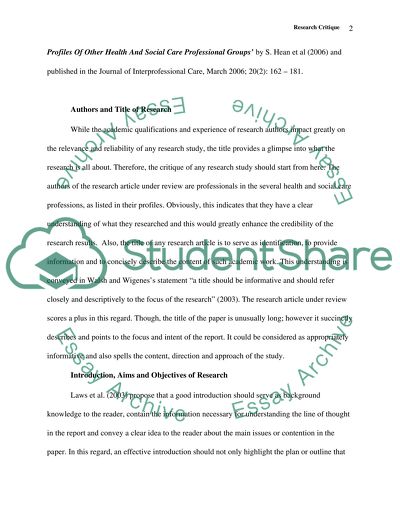Cite this document
(“Similarities And Differences In Students Perceptions Of The Stereotype Book Report/Review”, n.d.)
Similarities And Differences In Students Perceptions Of The Stereotype Book Report/Review. Retrieved from https://studentshare.org/literature/1532961-similarities-and-differences-in-students-perceptions-of-the-stereotype-profiles-of-other-health-and-social-care-professional-groups
Similarities And Differences In Students Perceptions Of The Stereotype Book Report/Review. Retrieved from https://studentshare.org/literature/1532961-similarities-and-differences-in-students-perceptions-of-the-stereotype-profiles-of-other-health-and-social-care-professional-groups
(Similarities And Differences In Students Perceptions Of The Stereotype Book Report/Review)
Similarities And Differences In Students Perceptions Of The Stereotype Book Report/Review. https://studentshare.org/literature/1532961-similarities-and-differences-in-students-perceptions-of-the-stereotype-profiles-of-other-health-and-social-care-professional-groups.
Similarities And Differences In Students Perceptions Of The Stereotype Book Report/Review. https://studentshare.org/literature/1532961-similarities-and-differences-in-students-perceptions-of-the-stereotype-profiles-of-other-health-and-social-care-professional-groups.
“Similarities And Differences In Students Perceptions Of The Stereotype Book Report/Review”, n.d. https://studentshare.org/literature/1532961-similarities-and-differences-in-students-perceptions-of-the-stereotype-profiles-of-other-health-and-social-care-professional-groups.


